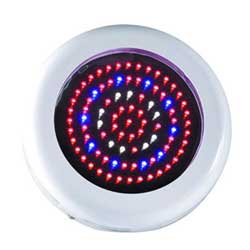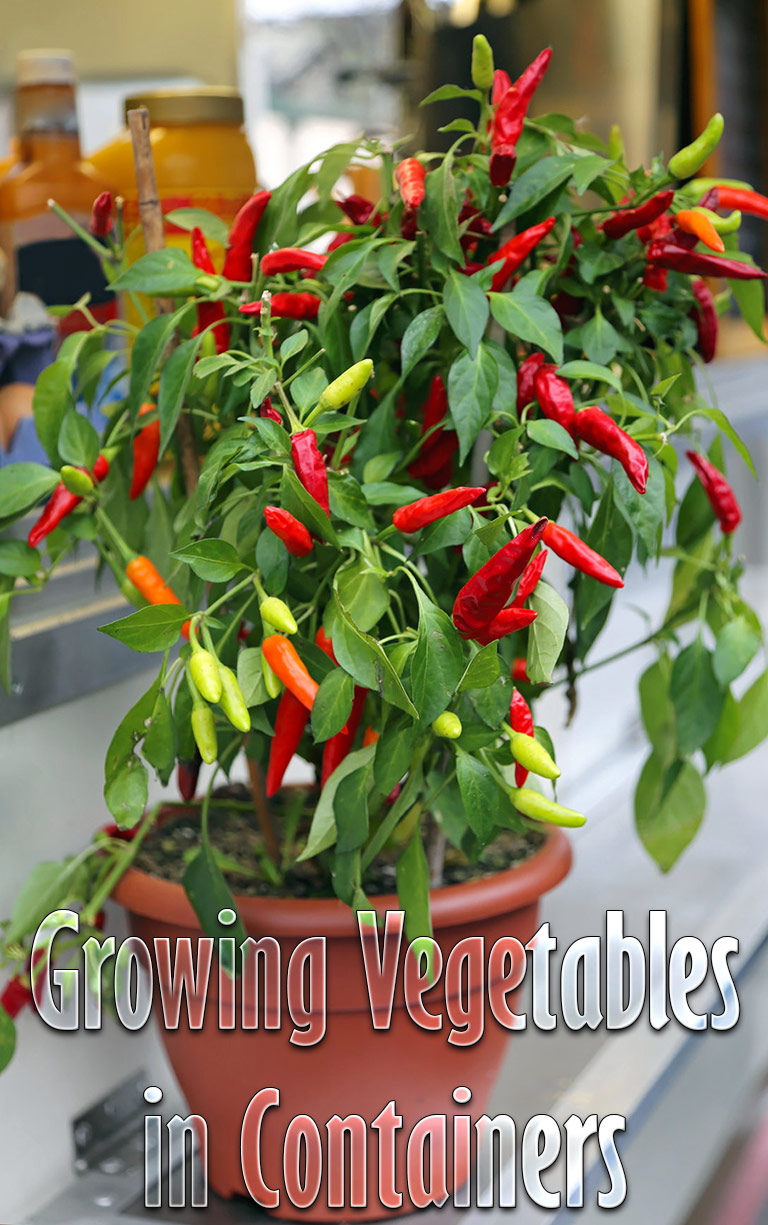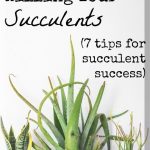LEDs (light emitting diodes) are a new and exciting alternative alternative for providing artificial light for plants. One of the key selling points of LEDs over the traditional options is that LEDs have much lower power consumption, and produce light only in the colours that are needed by plants.
Traditionally, high-intensity discharge (HID) lights have been the light of choice for gardeners to use as an artificial light source. This is because of the intensity of light that they produce, and the ability to use the type of HID light (metal halide or high pressure sodium) that is appropriate for your plants needs.
One problem with HID lighting is that it generates quite a lot of heat. This means that you will likely have to look at getting a cooling system in place, such as an extractor fan. This adds additional cost and further increases energy consumption.
Now there’s a new kid on the block with some big weapons up his sleeve. The LED grow light. LEDs as you may know, are a light source that is extremely energy efficient. It produces more brightness with fewer watts than the others. That includes fluorescents.
Because the tiny LEDs that make up a grow light only produce a certain reduced colour range of light (e.g. red LEDs produce red and green LEDs produce green and blues produce blue), they can be combined in the ideal ratios to target plants needs, and won’t waste energy producing colours of light that aren’t needed by plants.
Manufacturers produce grow lights using LEDs that produce the correct colours of lights needed for photosynthesis (i.e. blue and orange/red — no green light).
One of the side-effects of LEDs energy efficiency is that they run a whole lot cooler. This saves you in most cases from having to look at installing an extractor fan to move the heat away from your plants to prevent them from getting burnt. It may even save you water!
They’re supposed to last long and are low maintenance. Although I seldom believe manufacturers’ claims, LEDs are supposed to last on average between 50,000 and 100,000 hours (that’s about five to ten years).

There’s no need for expensive accessories that you may need if you use alternative lighting. These can include reflectors and equipment to dissipate the heat generated by the light bulbs. LEDs don’t require the “ballasts” (a light starter device) needed for starting and regulating a high-intensity discharge (e.g. HPS/MH) lamp.
Disadvantages
It’s pretty clear that LEDs have some fantastic advantages over other grow light alternatives. But is there anything wrong with them?
The main disadvantage of LED lights is that they produce unnatural light. They only produce the colours of light needed by plants. This makes them unsuitable for decorative lighting of plants. It’s really a consequence of their being very appropriate for planting.
More Gardening Ideas & Resources
Article source: http://www.beginner-indoor-gardening.com/led-grow-lights.html


